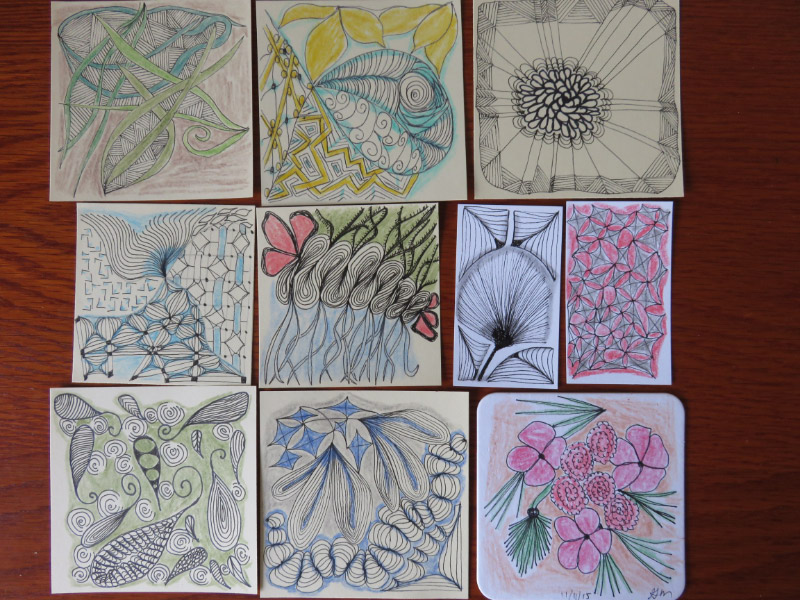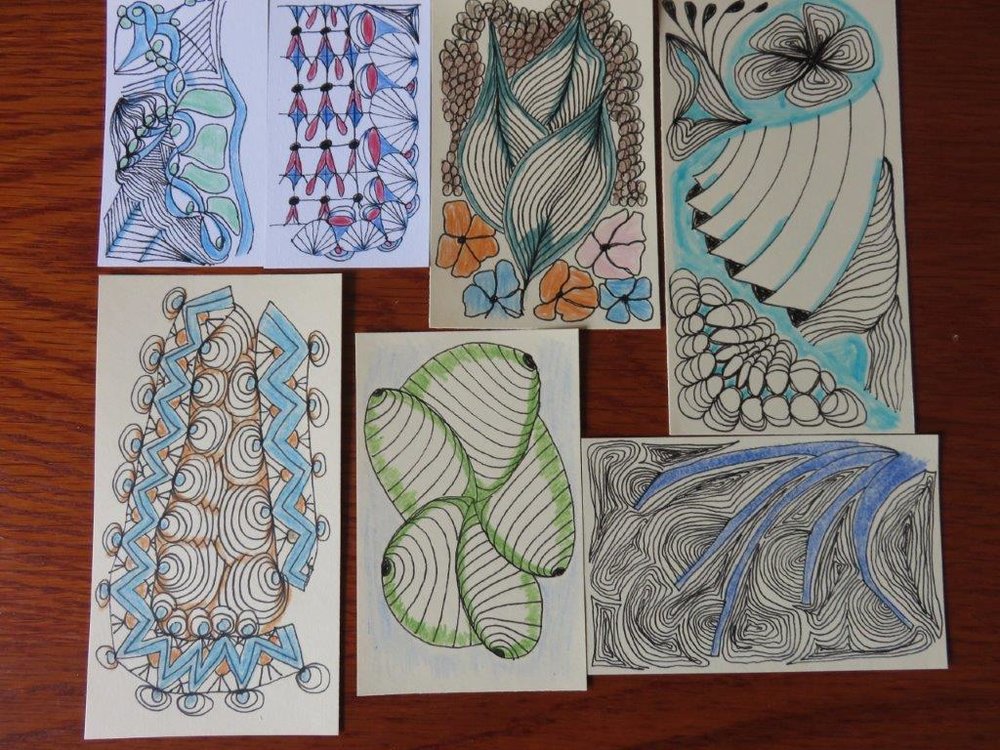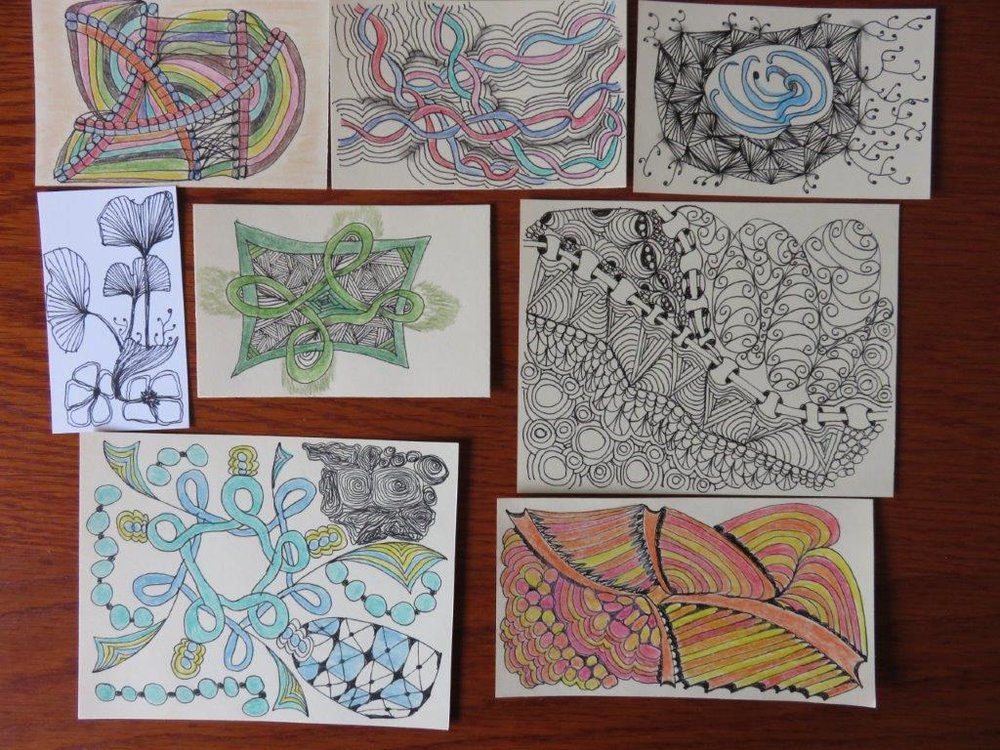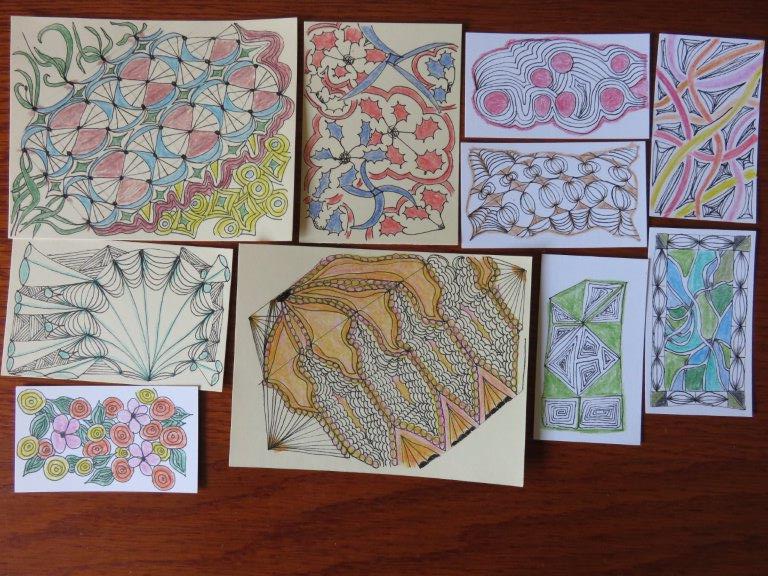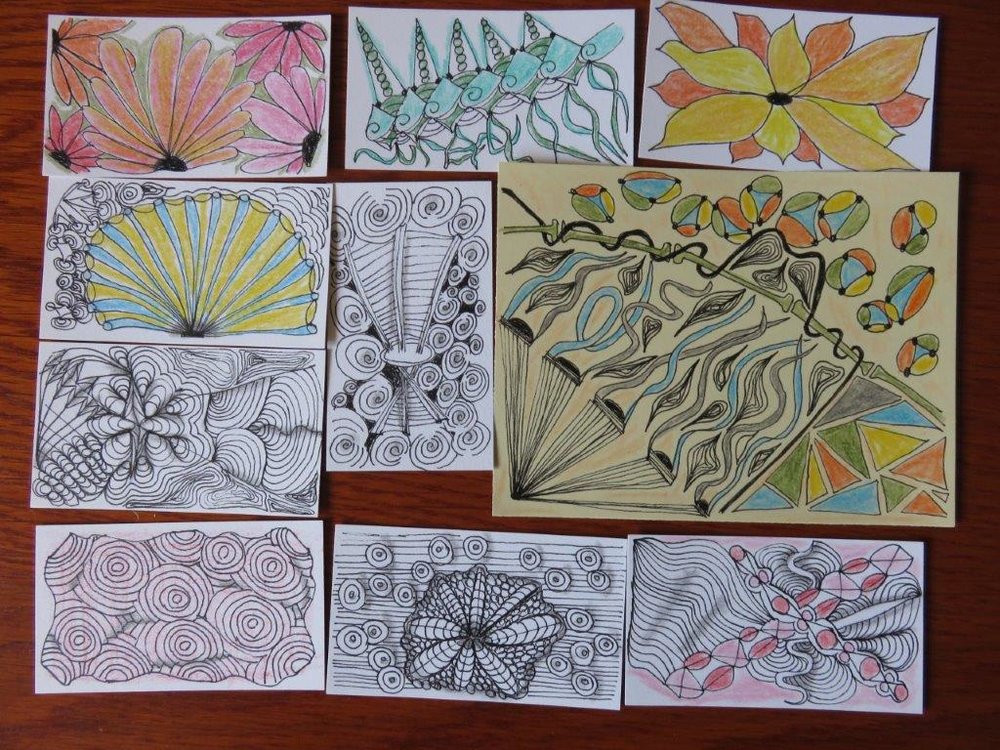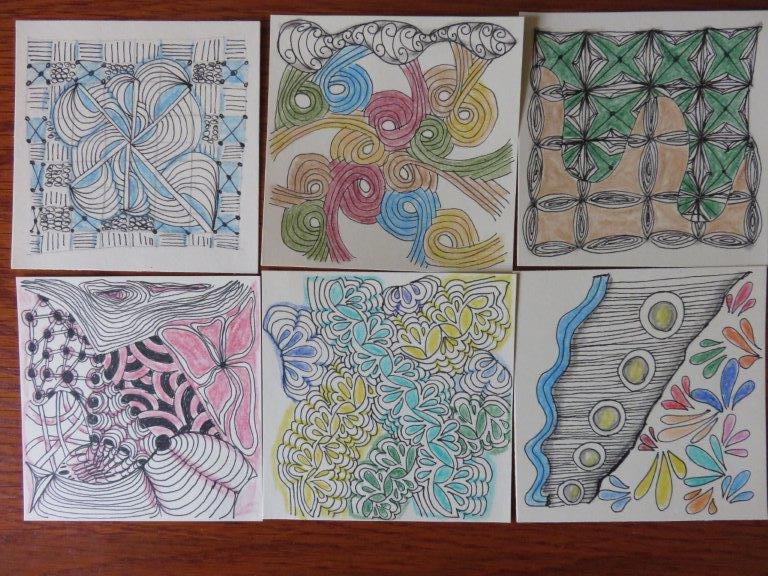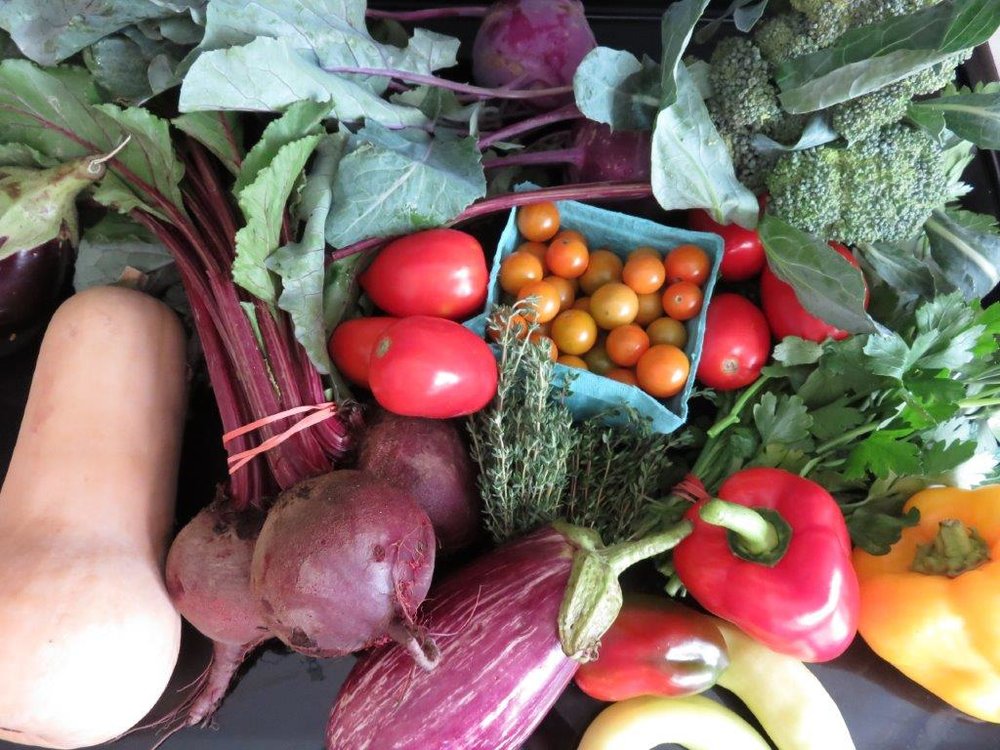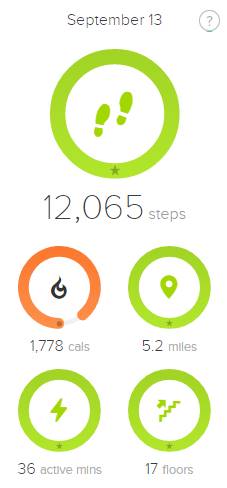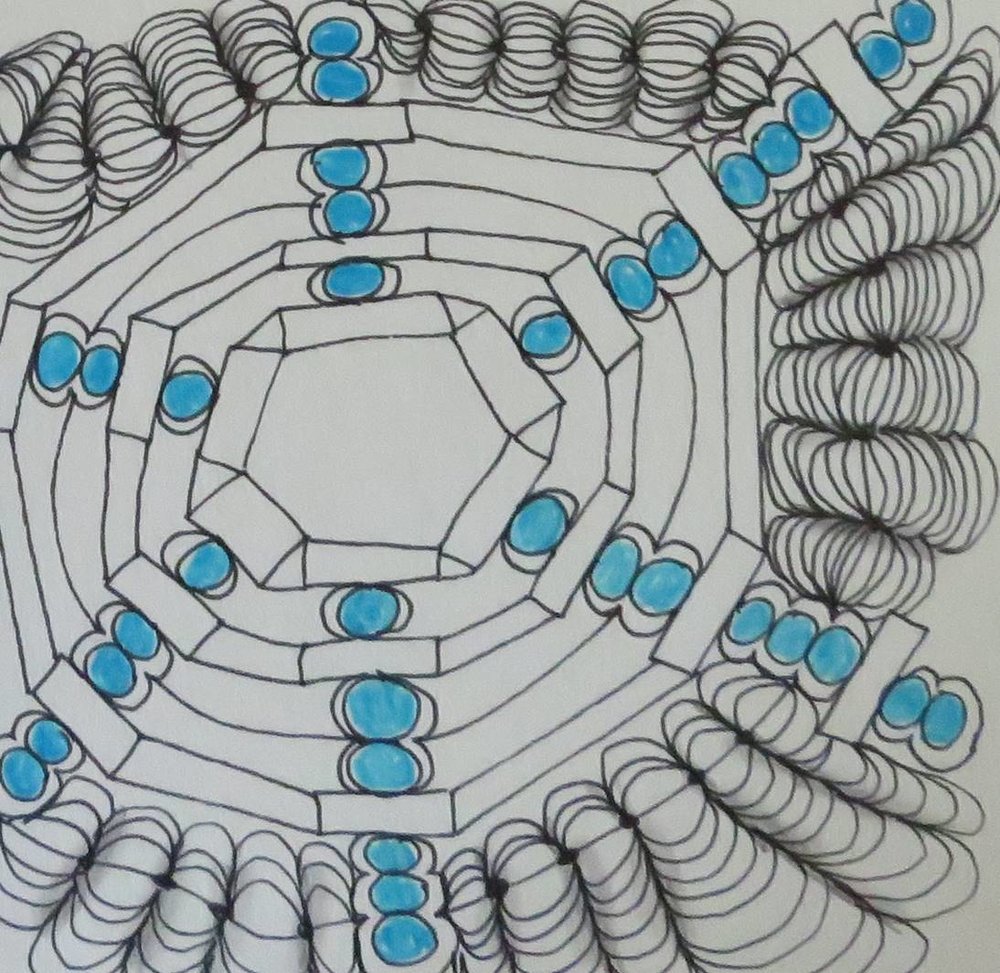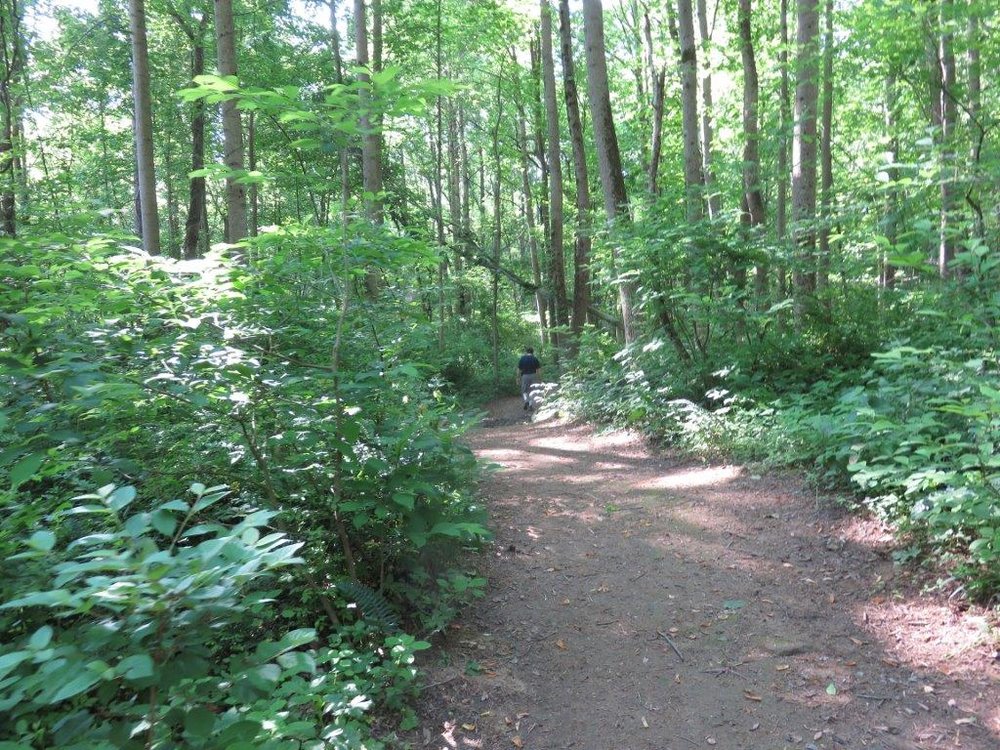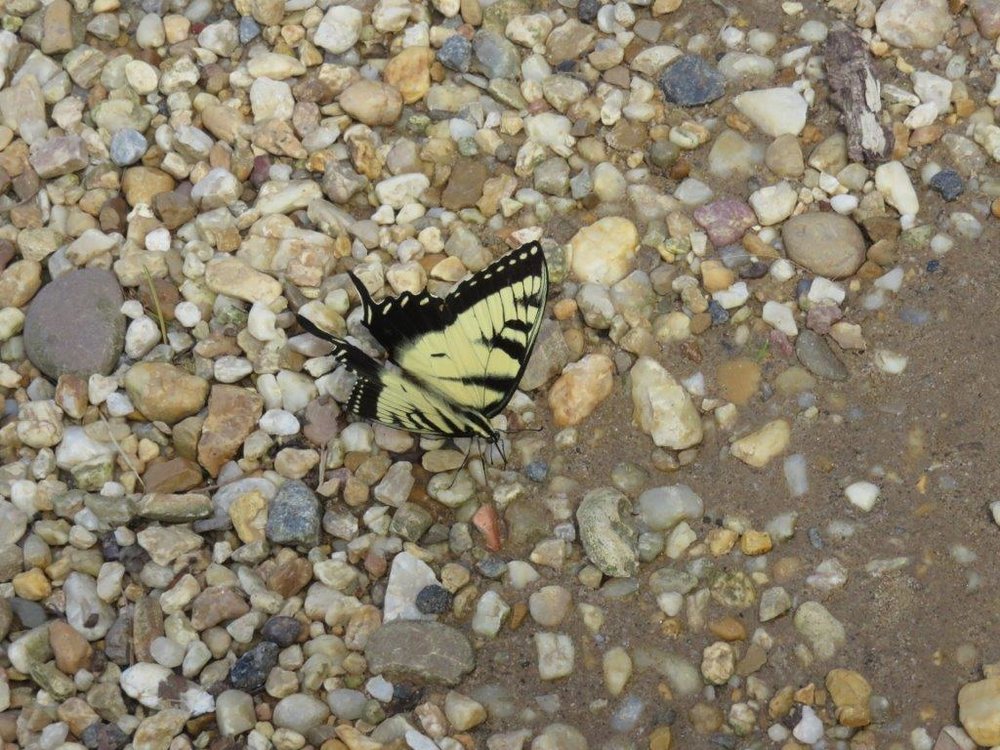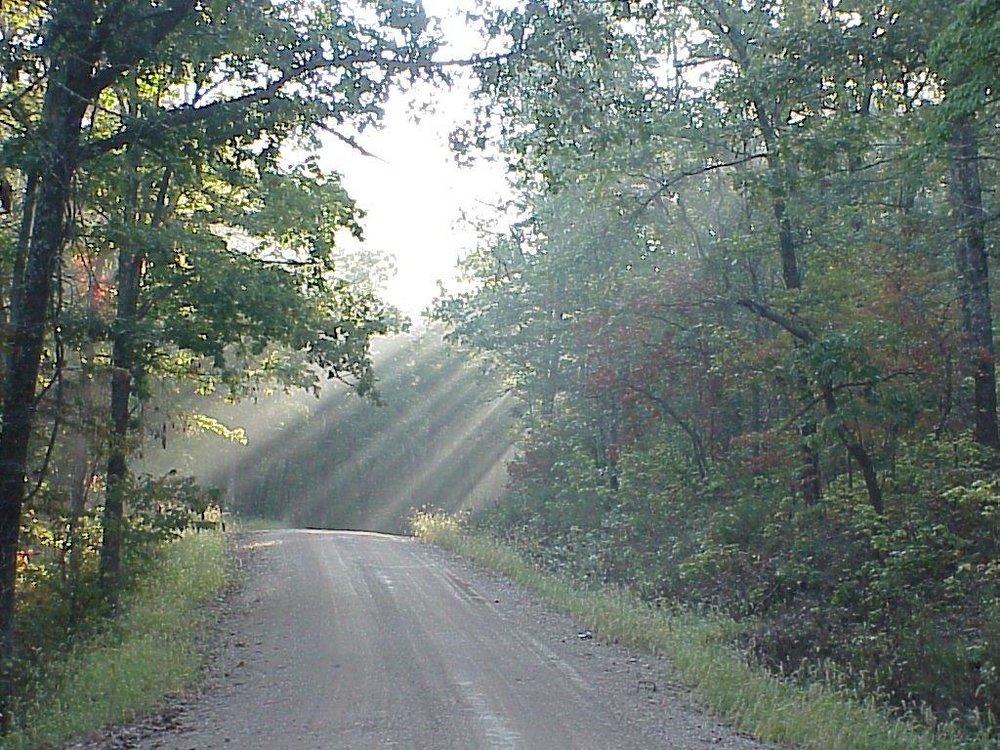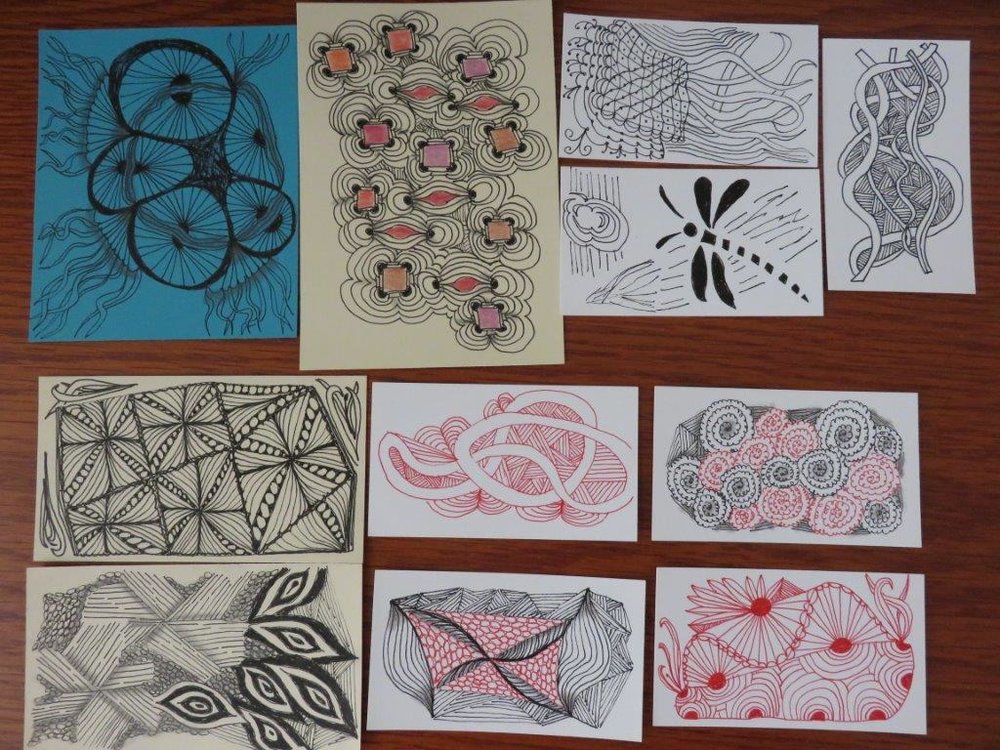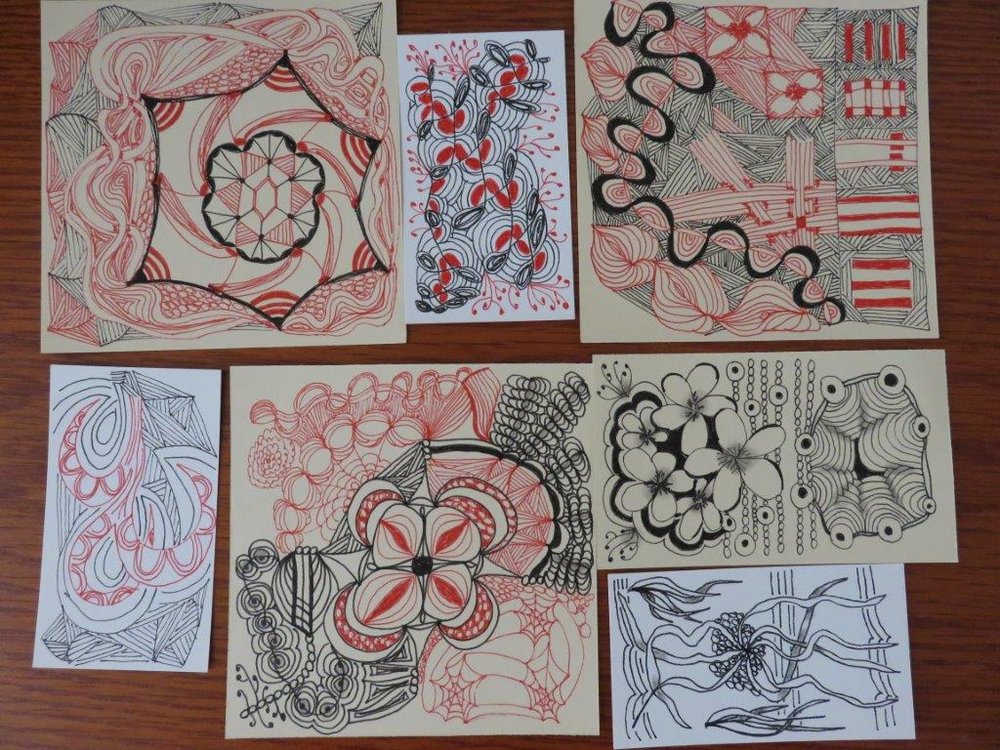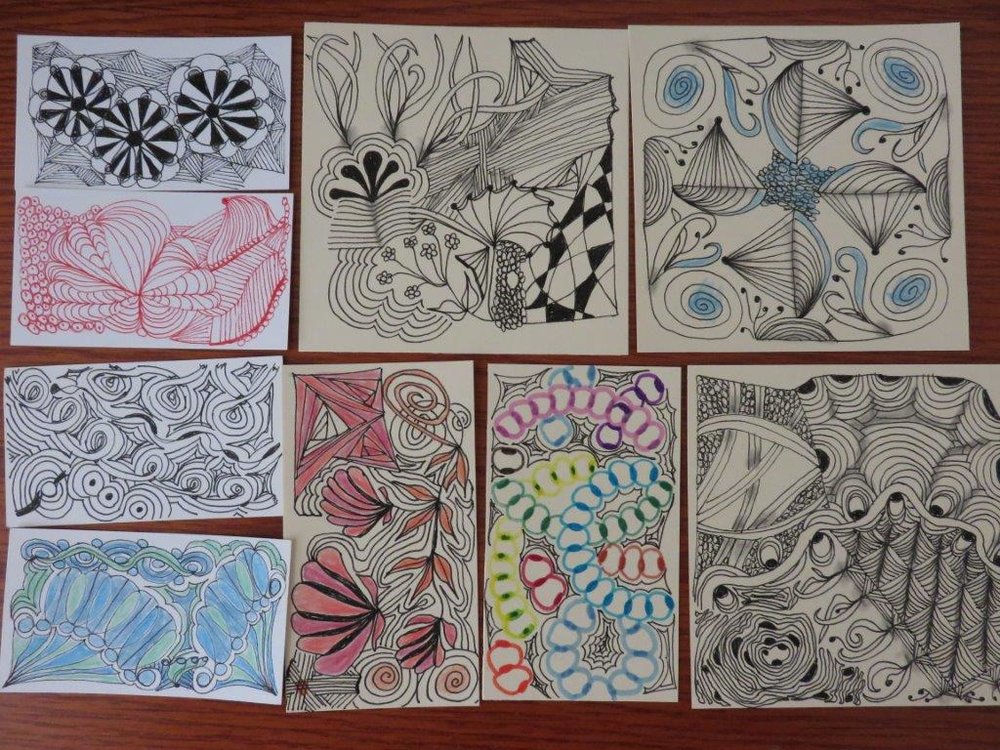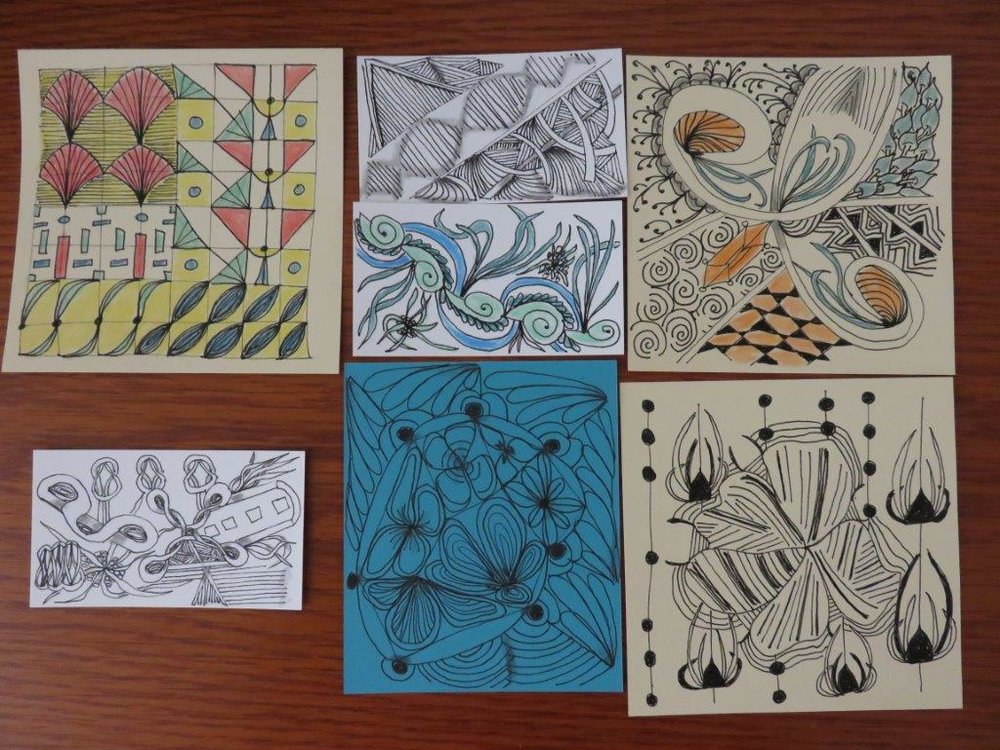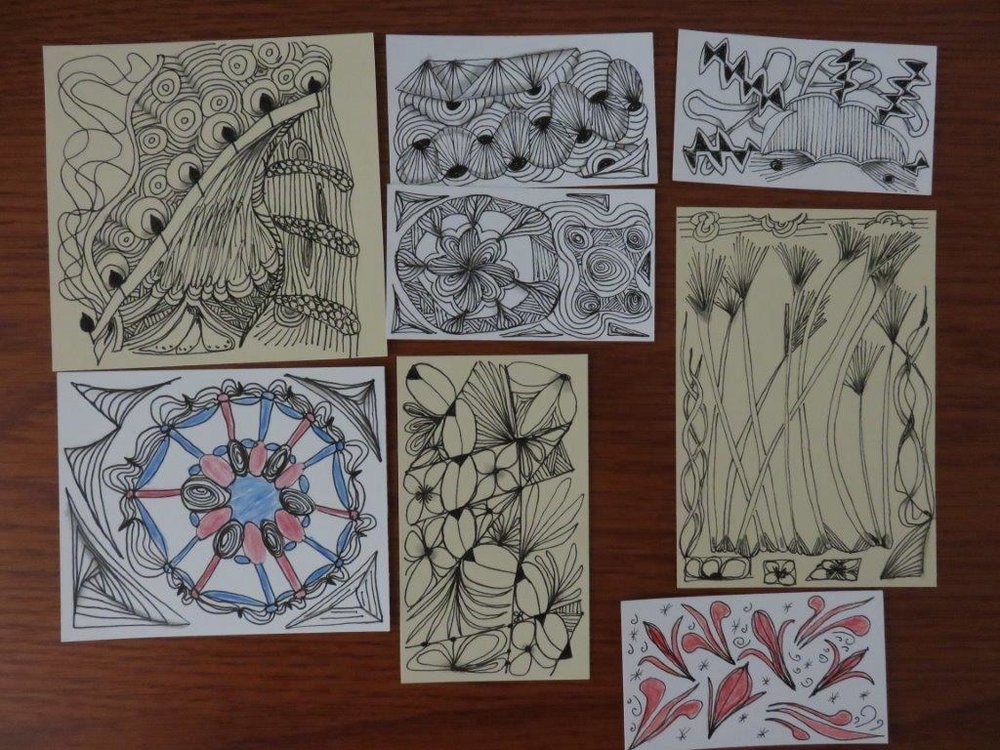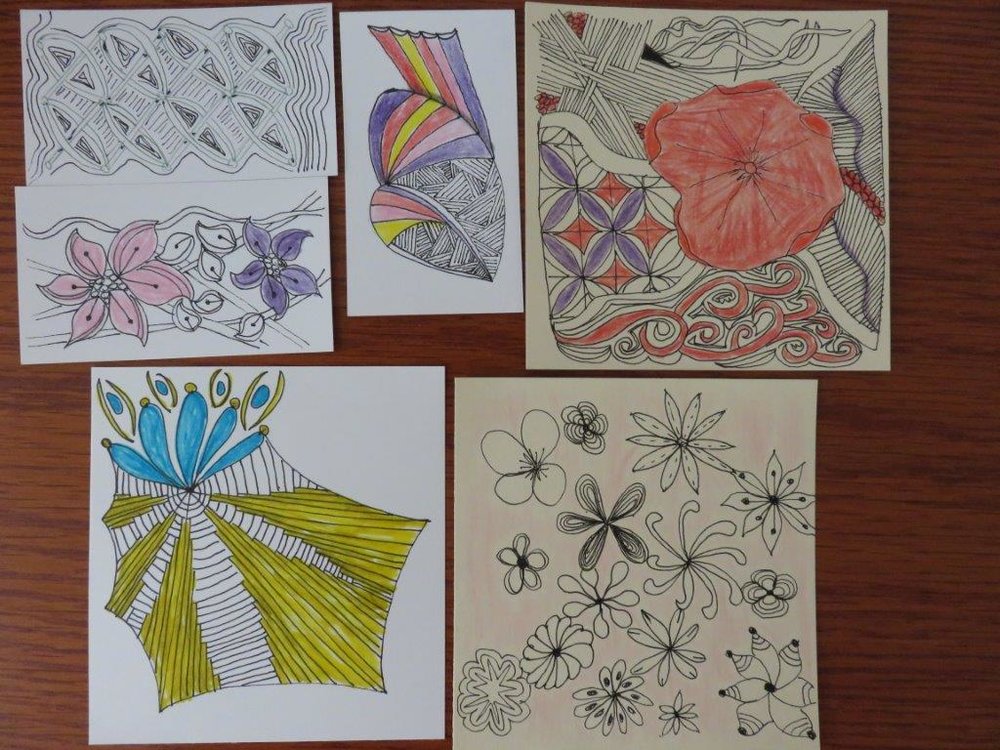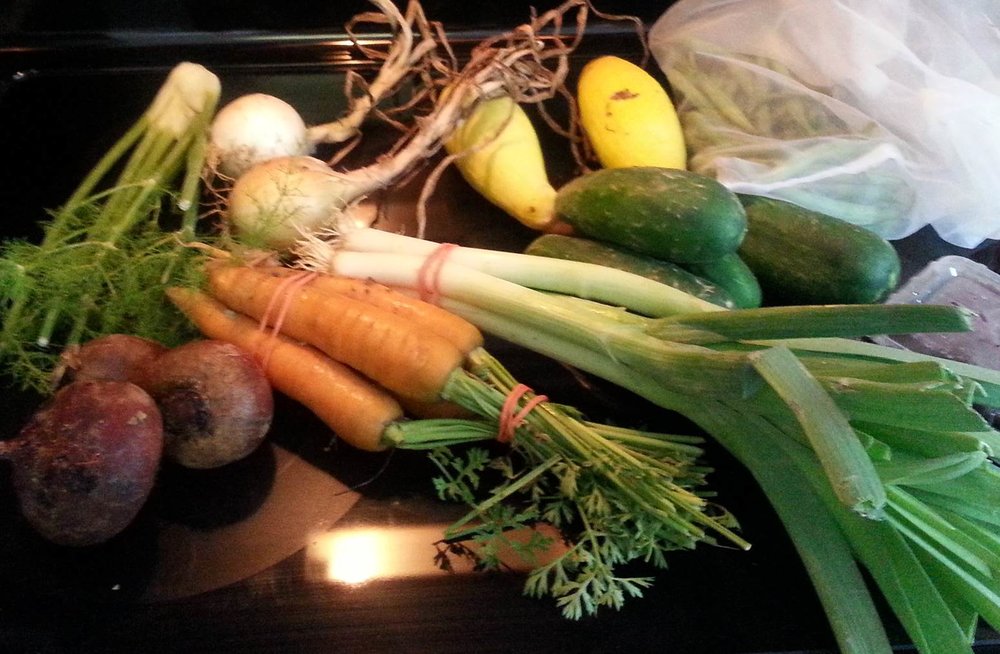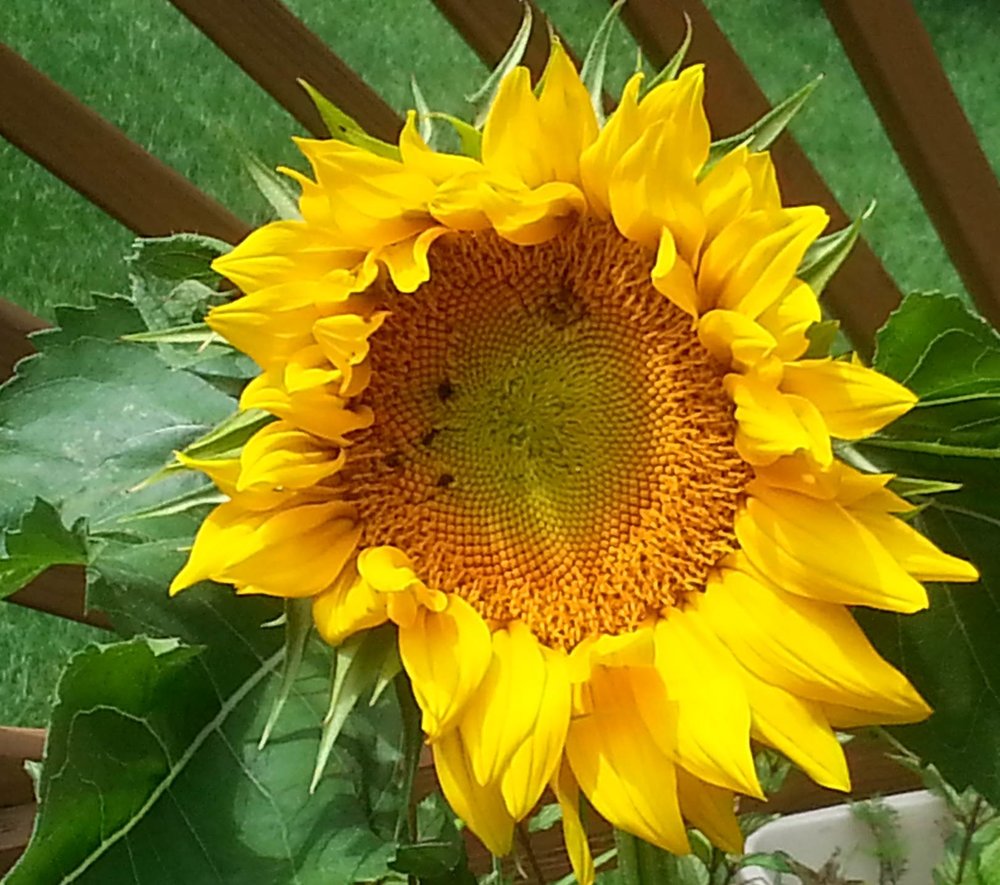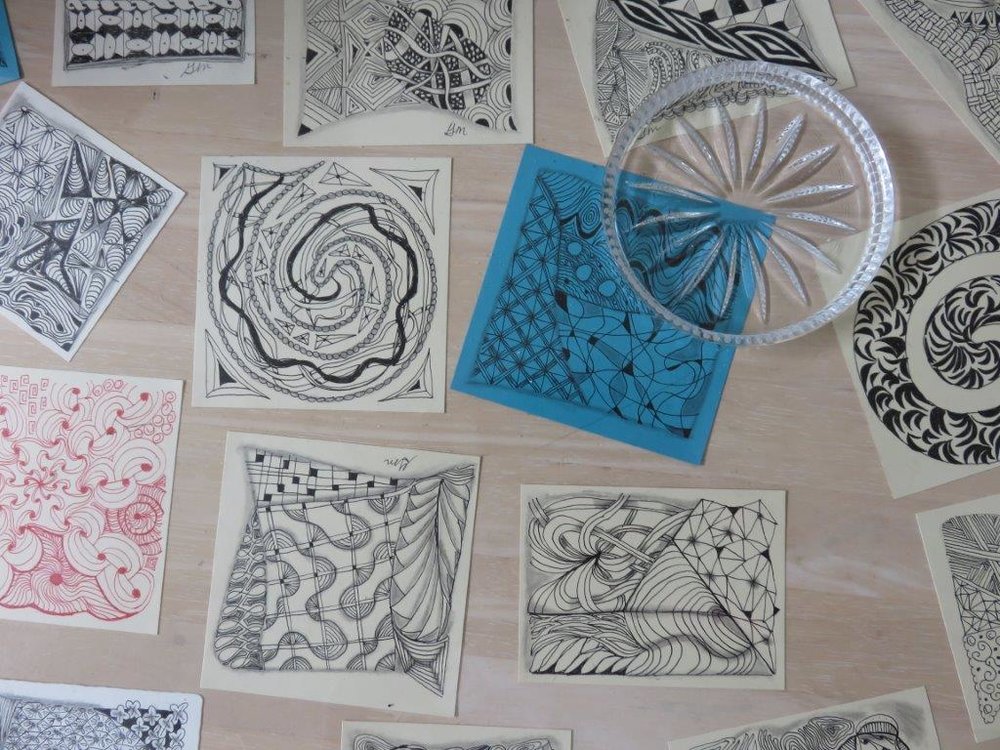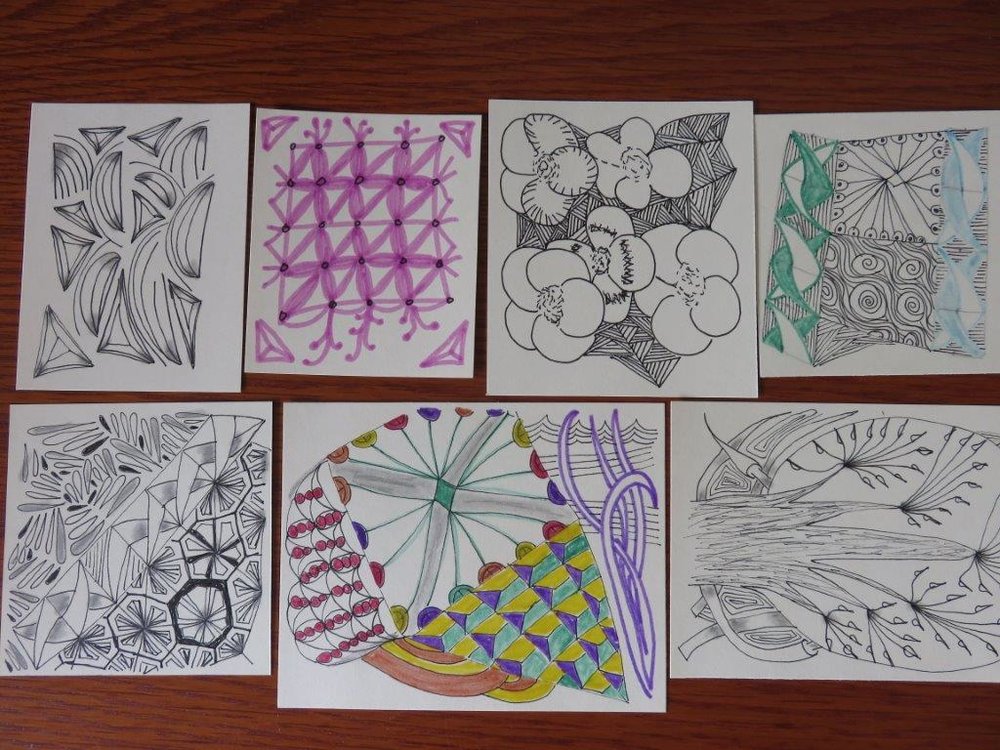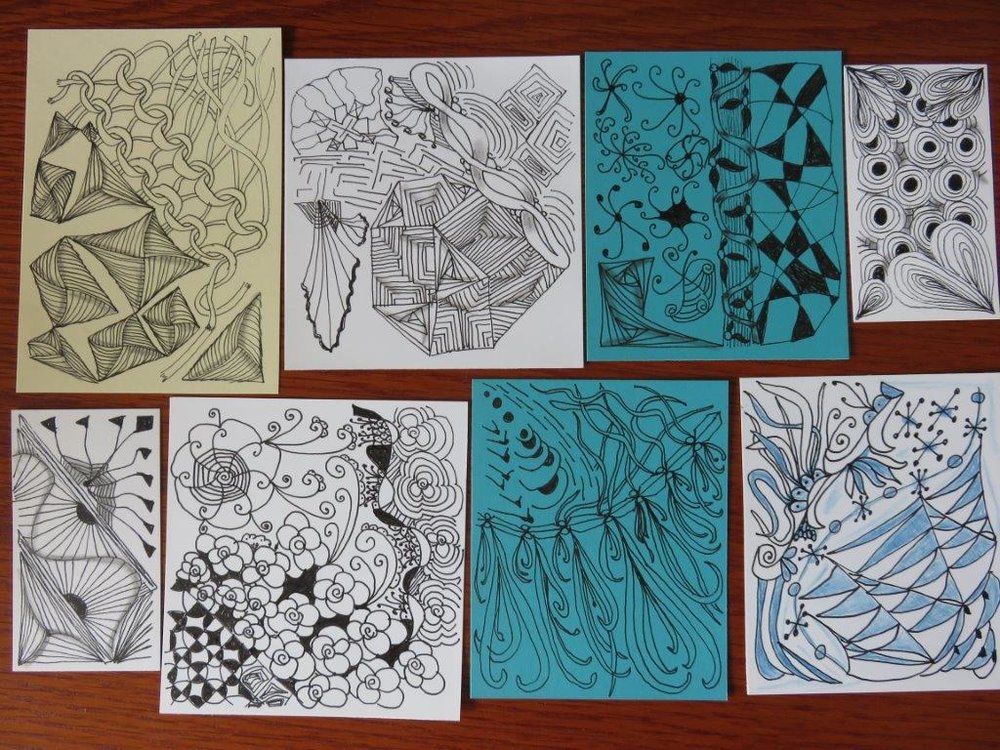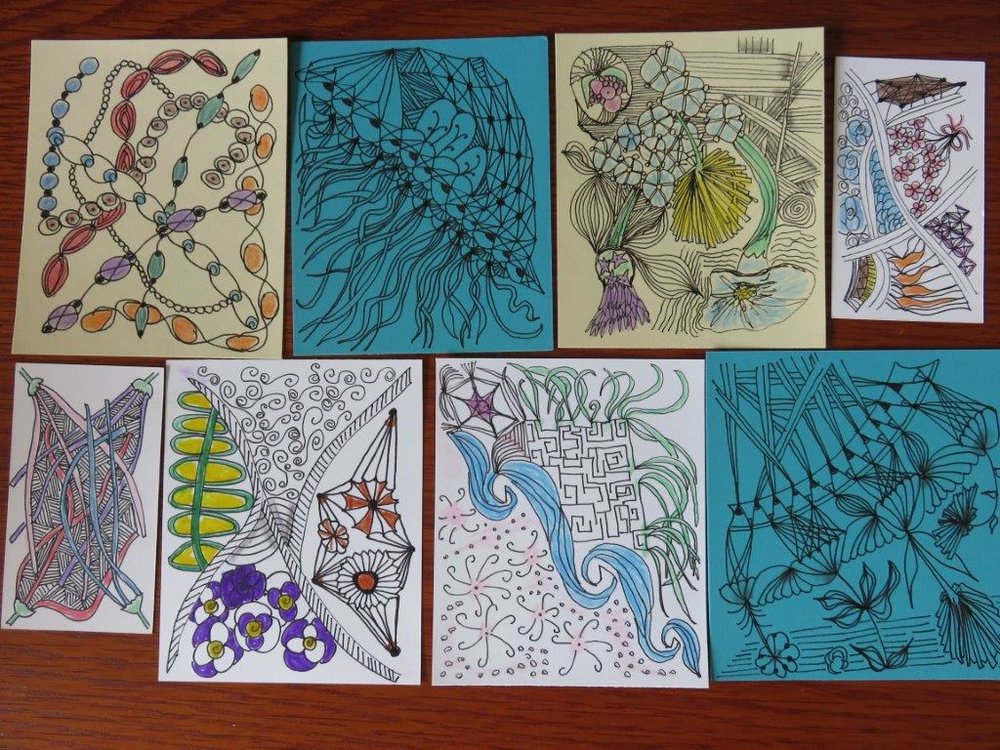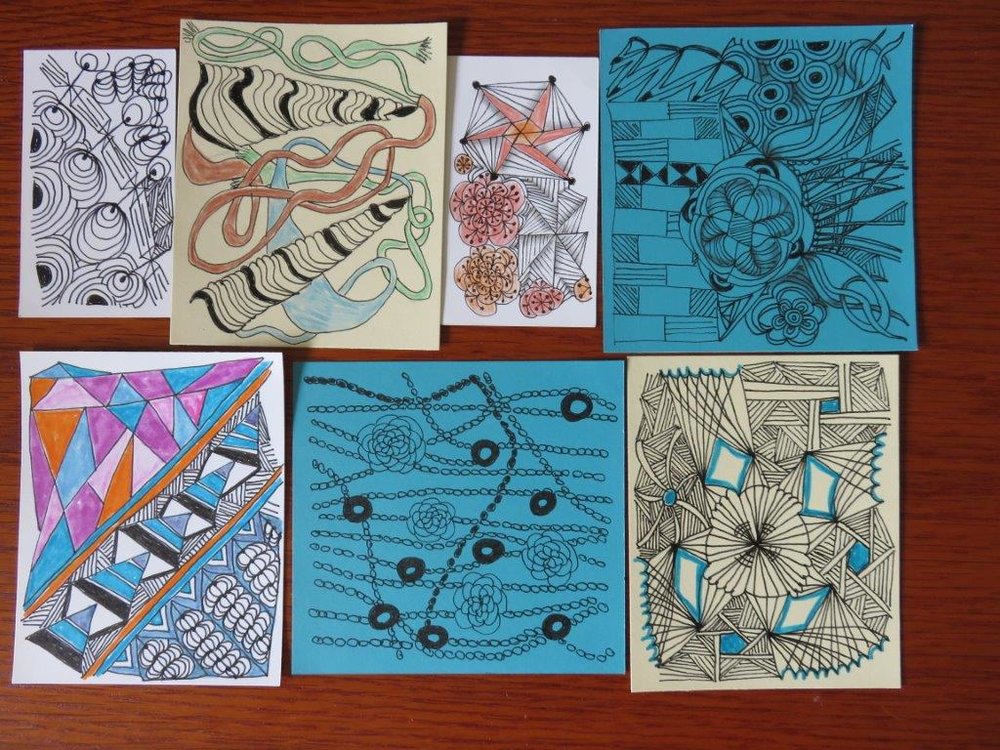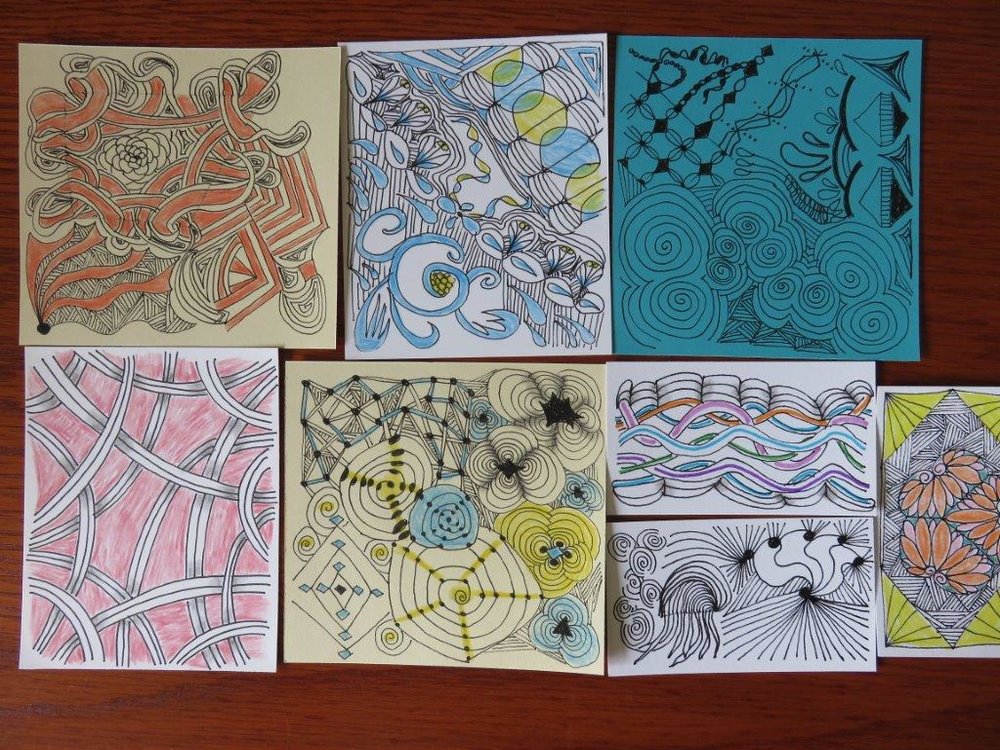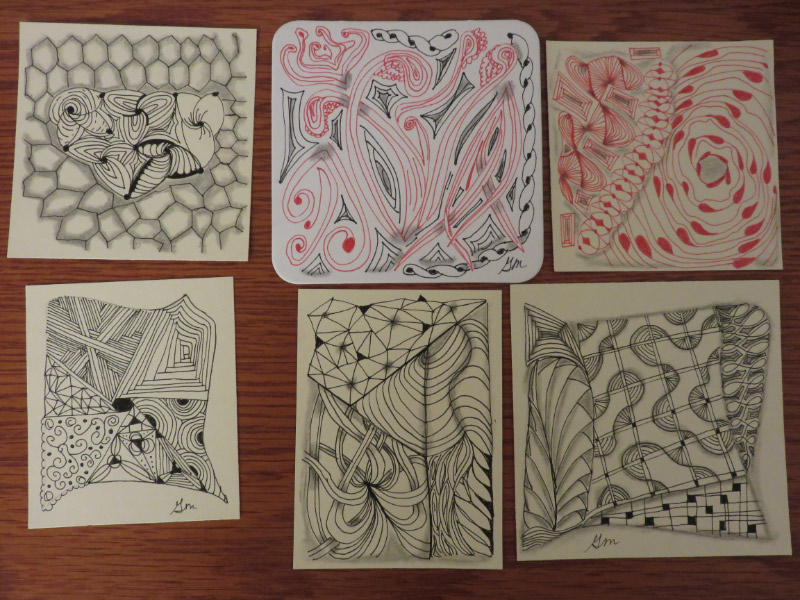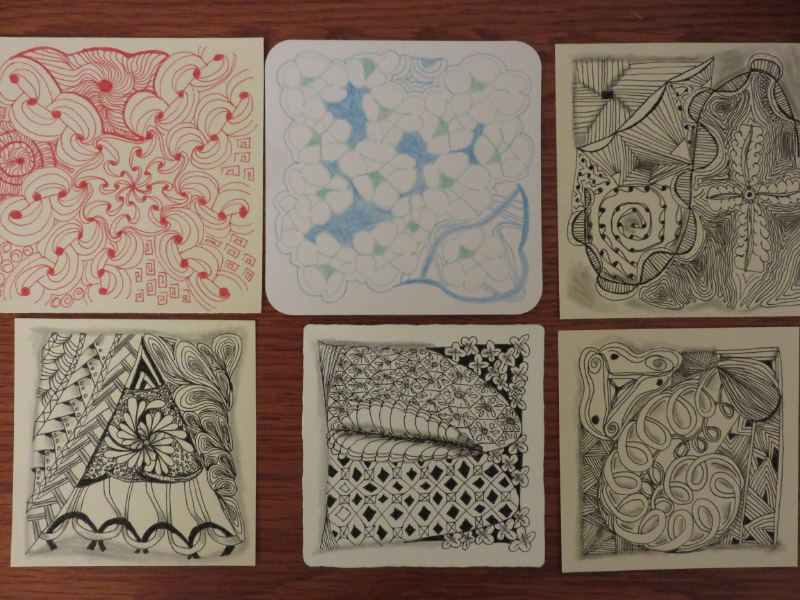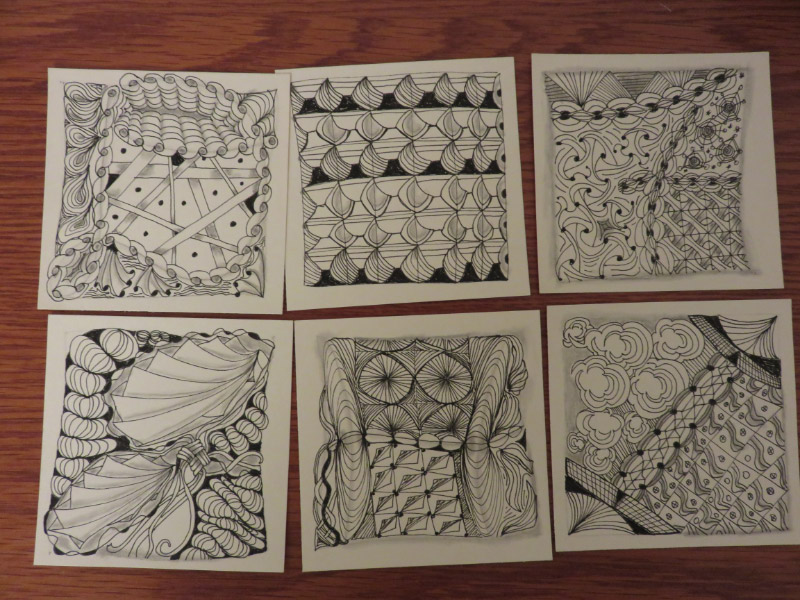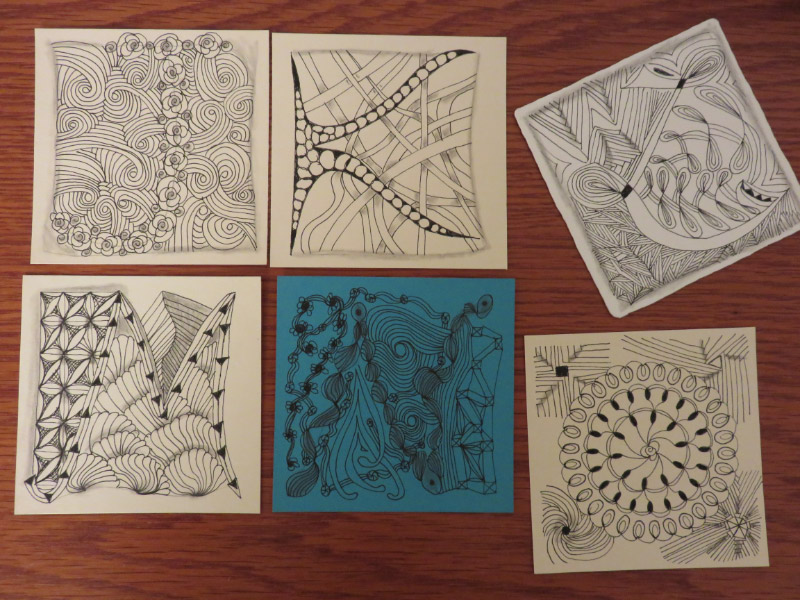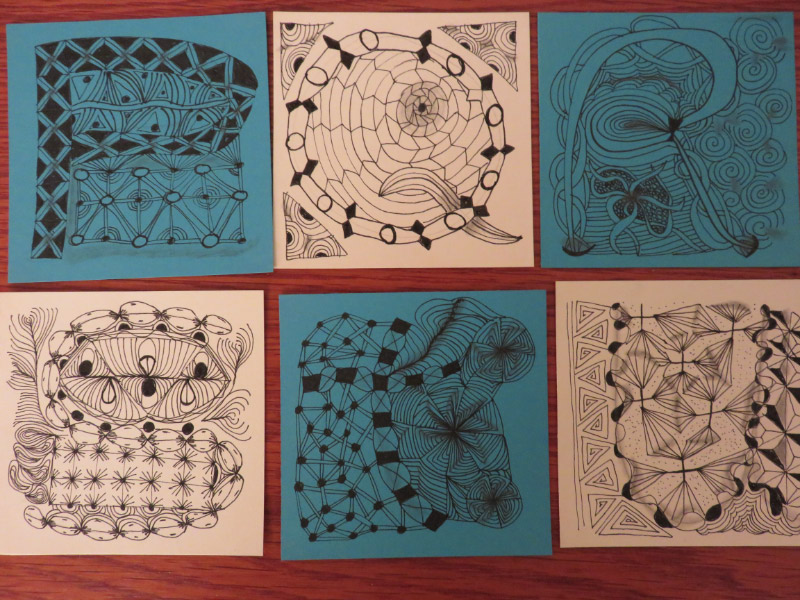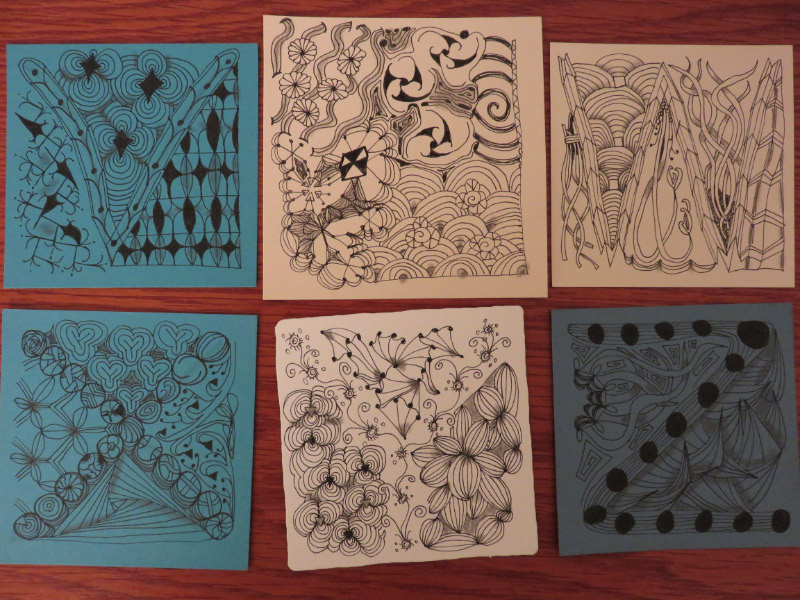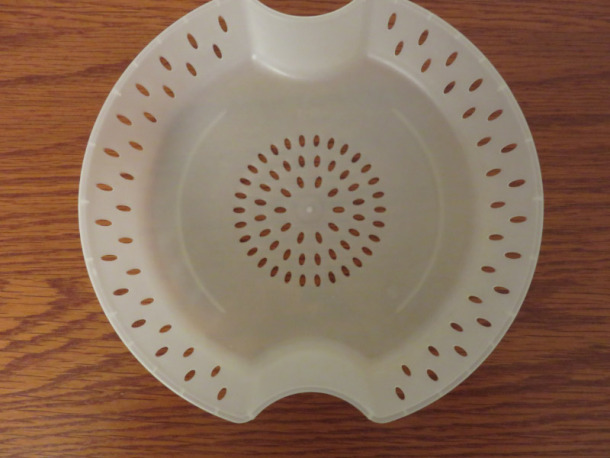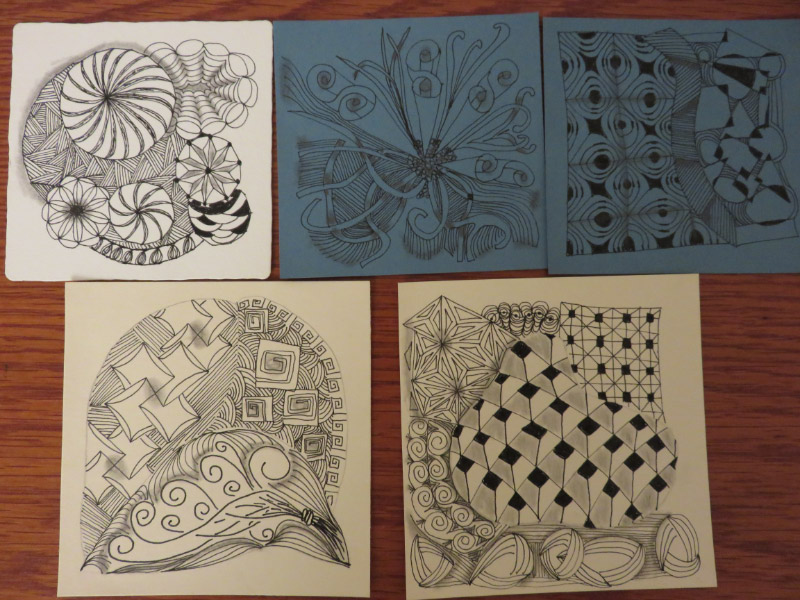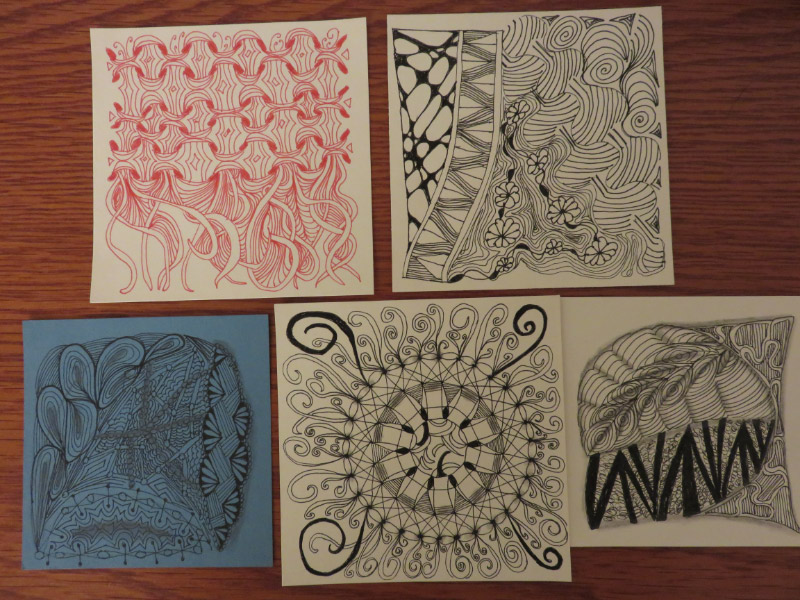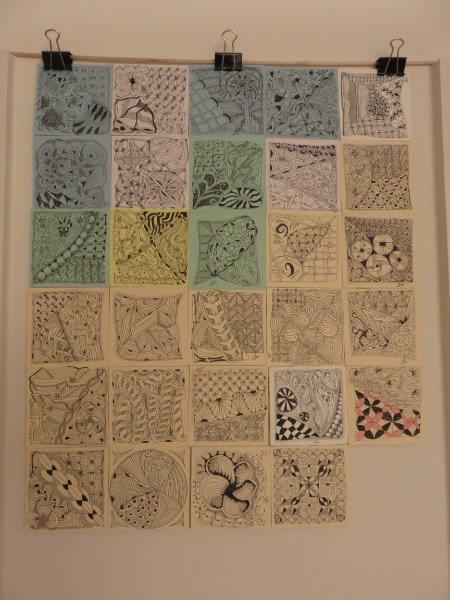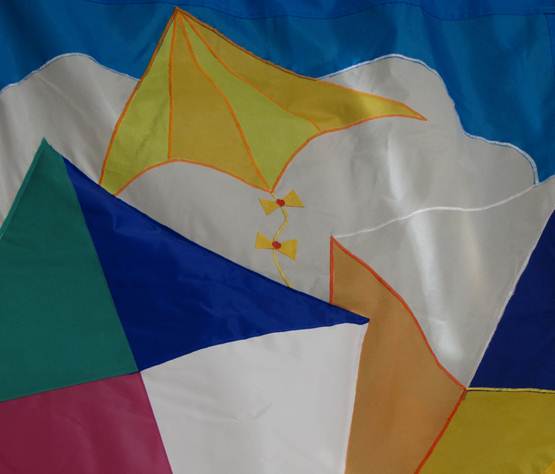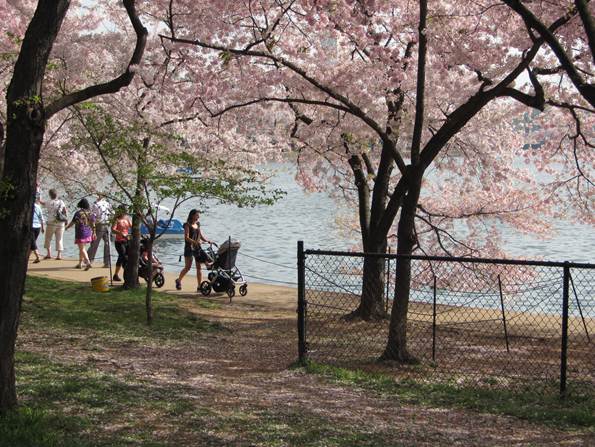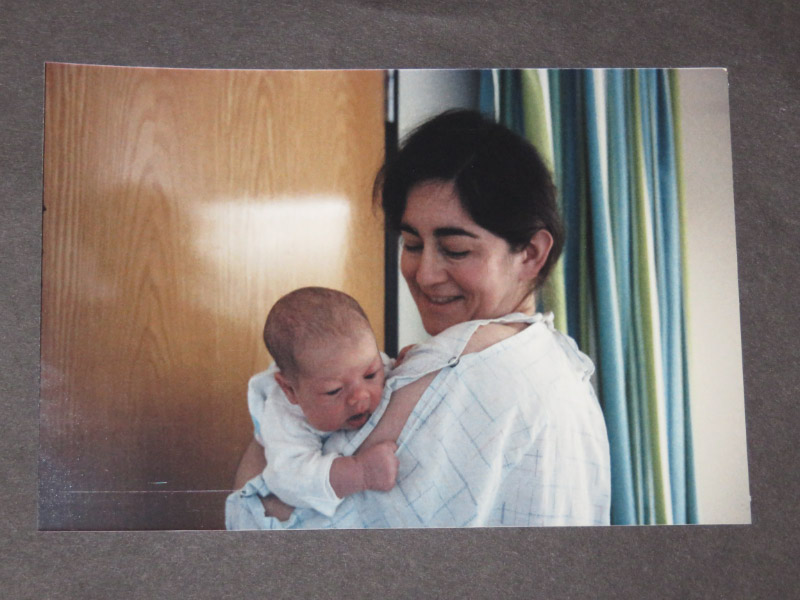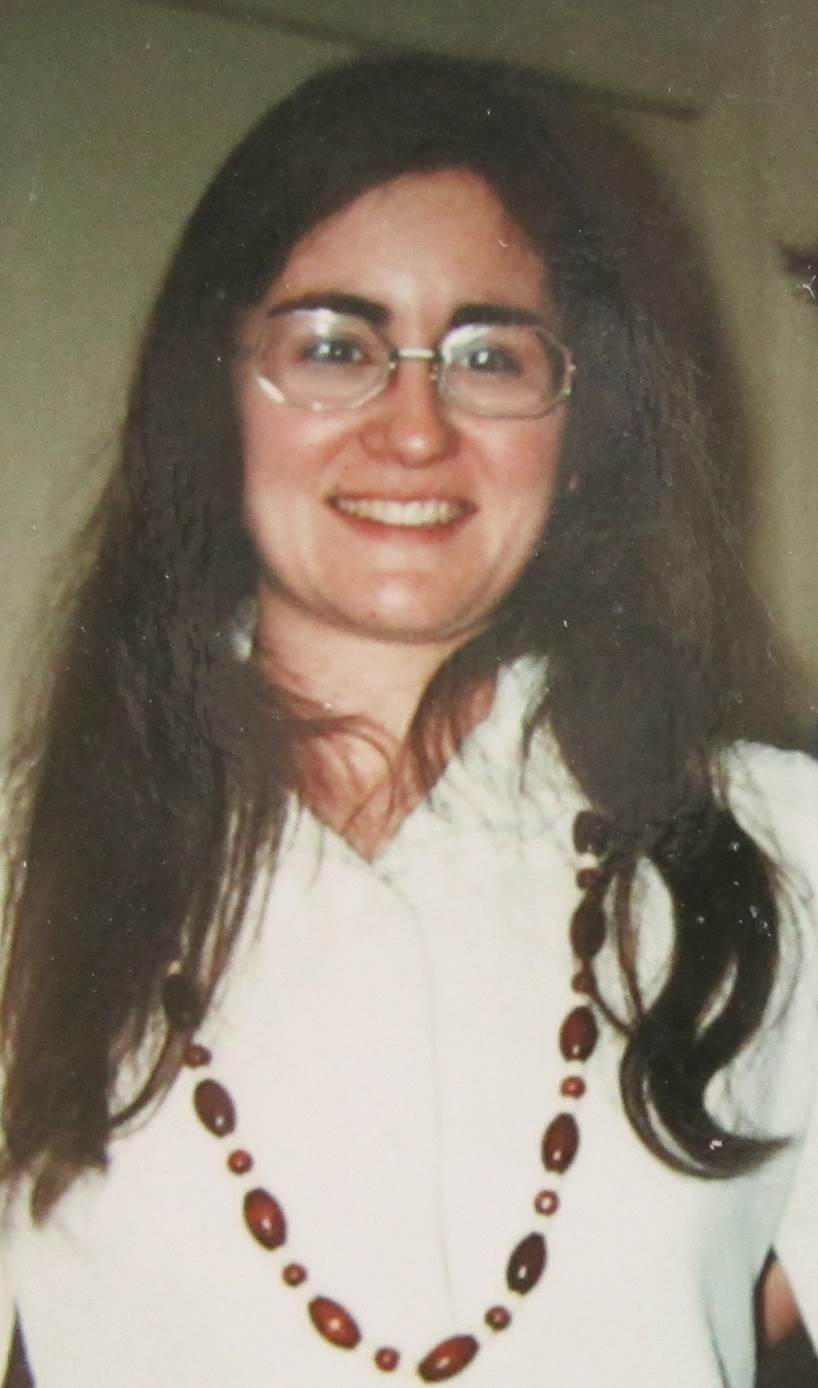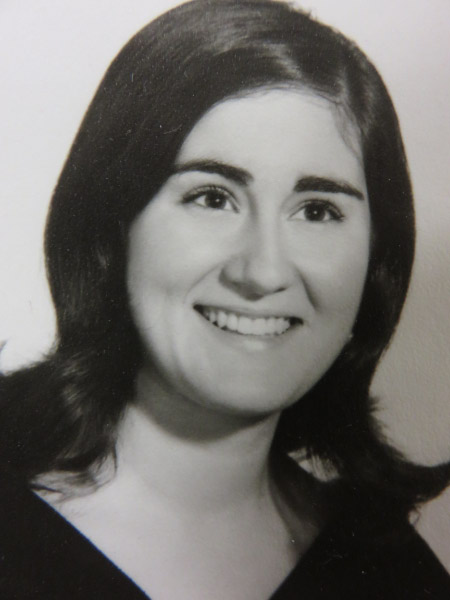Kolache Memories
/I recently discovered a bakery in my area that makes Kolaches! I found them online and went earlier this week to see if the confections they made lived up to my memory of my Czech grandmother’s kolaches that were made for special occasions for the first 50 years of my life (she stopped cooking sometime in her 90s and no one in the family picked up the mantle from her).
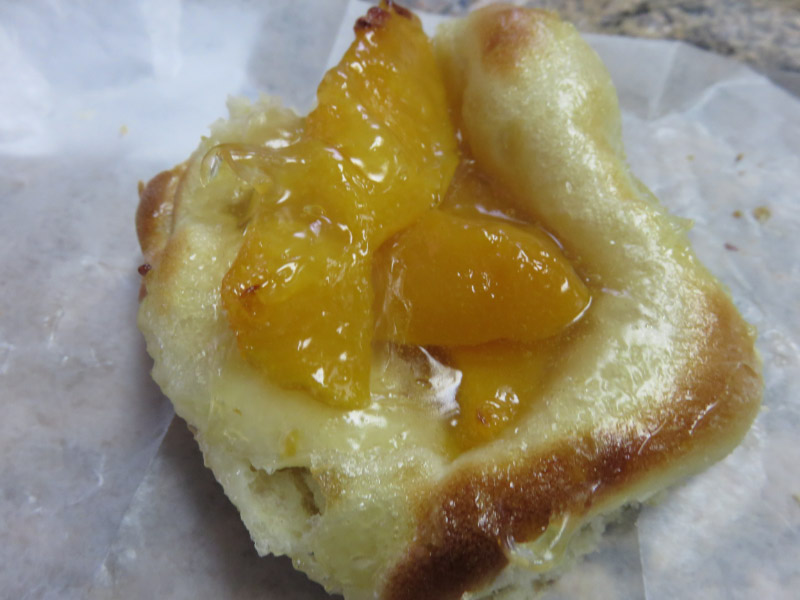 The tray of kolaches in the place looked very similar to my grandmother’s – lots of fruit rather than just a little dab of jelly on top of a mound of dough that some people claim are kolaches. I was a little disappointed that they didn’t have apricot filling (my grandmother’s favorite and thus mine too) but the peach was a good second best. I bought one to see if the taste would live up to my memories.
The tray of kolaches in the place looked very similar to my grandmother’s – lots of fruit rather than just a little dab of jelly on top of a mound of dough that some people claim are kolaches. I was a little disappointed that they didn’t have apricot filling (my grandmother’s favorite and thus mine too) but the peach was a good second best. I bought one to see if the taste would live up to my memories.
Yummy! It was obviously freshly baked. The dough might have been a little heavier than my grandmother’s was…but otherwise it was close enough to bring back a tidal wave of good feelings. I ordered a half dozen with apricot filling (they will make them for special orders) to take as part of my contribution to a pot luck luncheon today! And I’ll probably go back for another half dozen right before Christmas.


